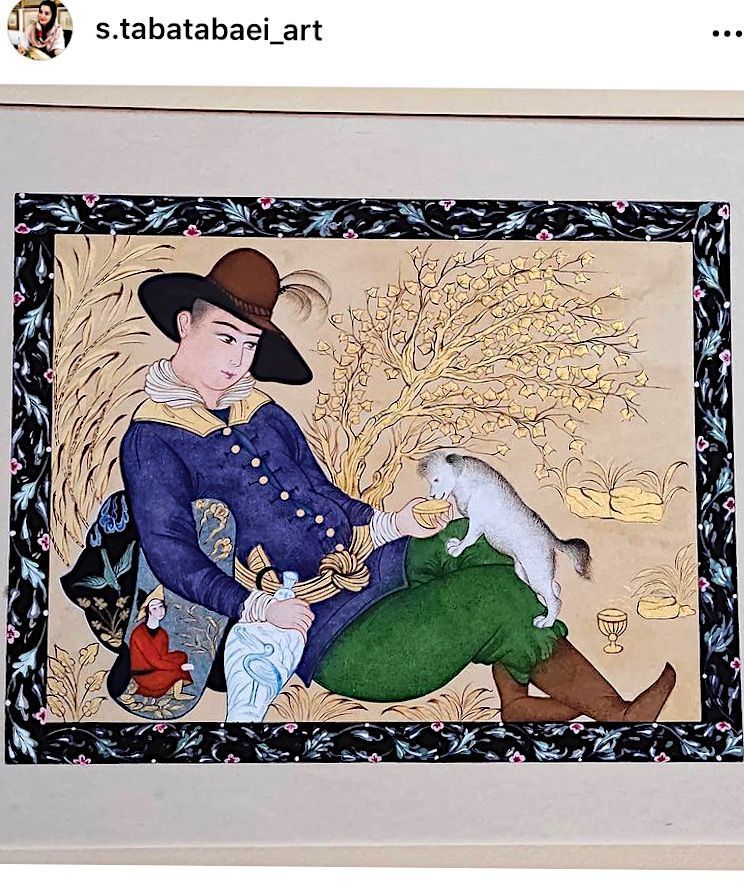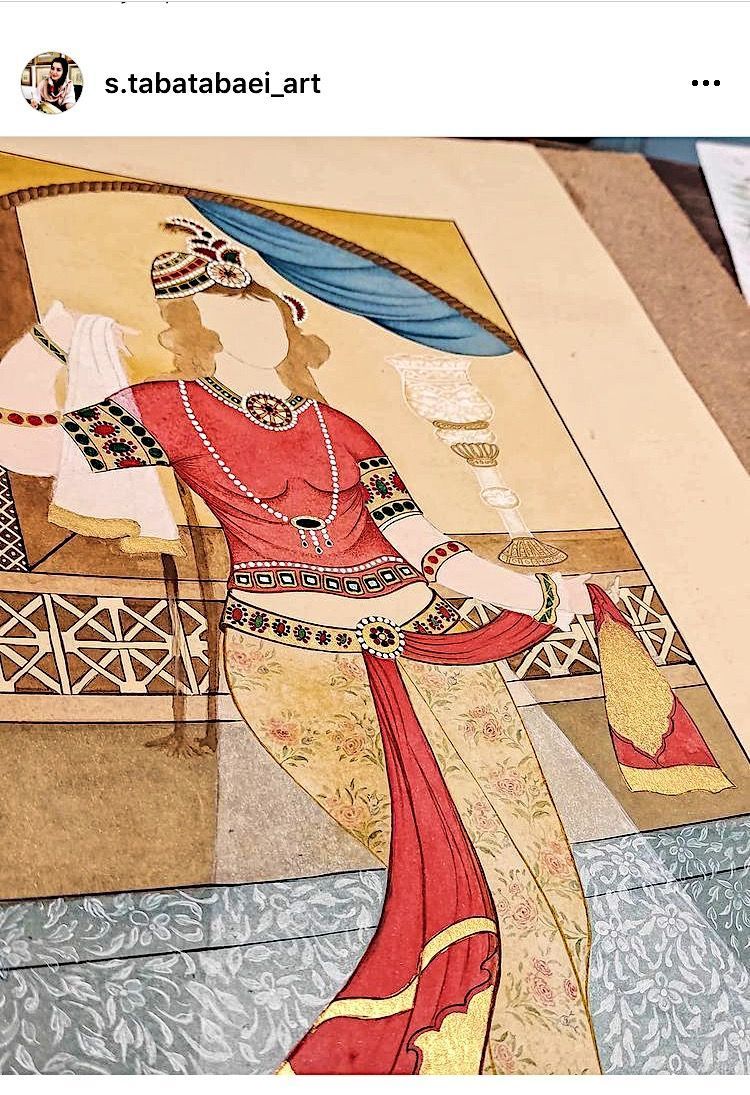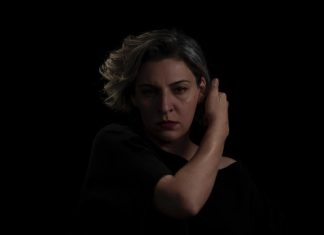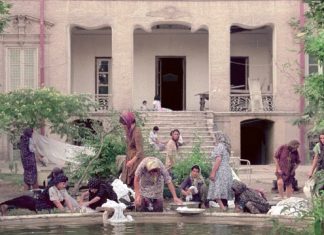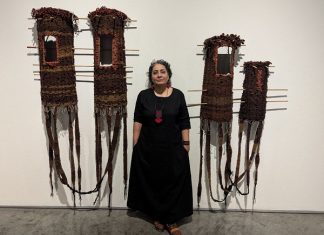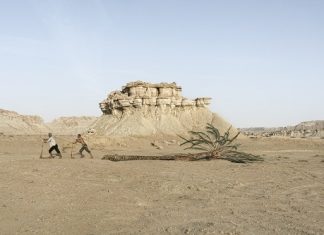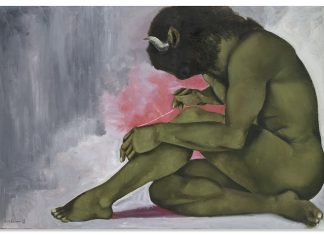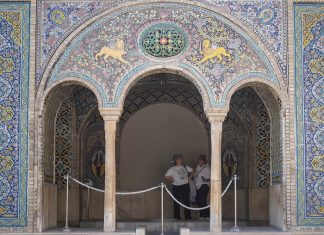[The following piece was submitted to Kayhan Life by Tara Jamali, a contributor who works for Boston Globe Media.]
By Tara Jamali
“Only those who live and breathe art dare to pursue it here.”
Those are the words of the 30-year-old Isfahan-based artist Sahar Tabatabaei, who speaks from experience — as someone who took the dare.
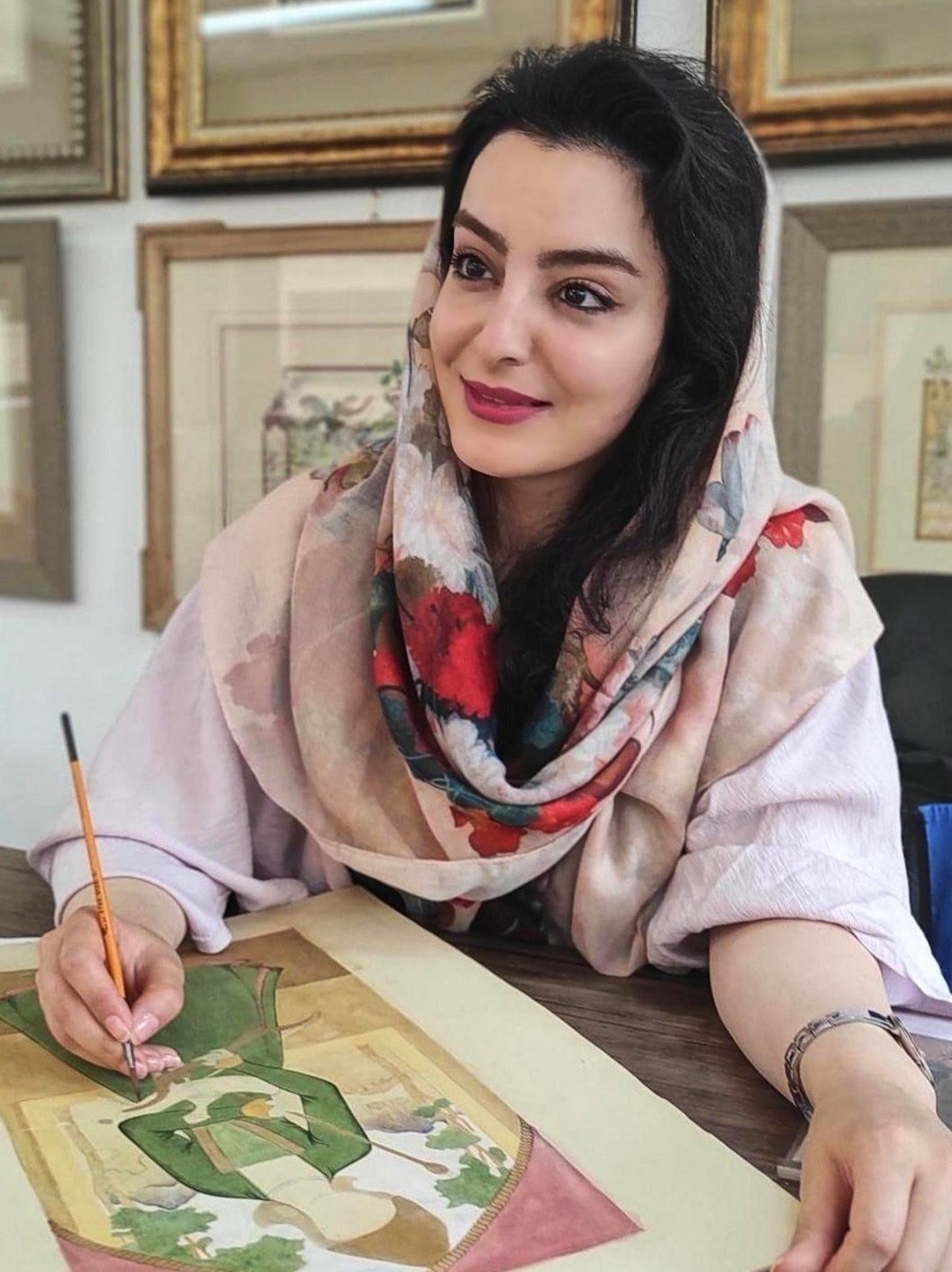
For as long as she can remember, Sahar was discouraged from pursuing an artistic career. As the best and brightest students gravitated toward mathematics or natural sciences in high school, she felt compelled to follow suit, choosing math over attendance of an arts academy.
Yet she always had a sheet of paper beneath her books in class to doodle on during lectures. This practice continued throughout her college years as an electrical engineering major. By that time, she had started to dabble in drawing and oil painting.
Miniature painting proved to be her epiphany. As she mastered the art, she plunged into a full-time career – not as an engineer, but as an artist. Today, she regularly conducts art workshops, holds exhibitions, and teaches art classes in Isfahan.
Last spring, she held an exhibition in the House of Artists at Isfahan’s town hall to rave reviews. The opening ceremony was packed, despite lingering Covid-19 concerns. Artists, art lecturers, and critics were in attendance, including Ali Khoshnevis-Zadeh, a master of traditional art and handicrafts whose opinion she greatly respects.
Her hometown of Isfahan, a tourist hotspot with a rich cultural heritage, is the ideal place for an artist who believes that the world should value Eastern and Western art equally, and who wishes that Persian art will some day draw as much acclaim as Western art.
“It’s our responsibility as well,” she explains. “We [the people of Iran] have a role in preserving and sustaining our art and culture.”
Sahar has great fondness for the Safavid art movement, which reached its zenith during the Safavid dynasty (1501-1736), and many of her creations are inspired by this style. She also incorporates the Isfahan style in her work, which followed the Safavid style and the transfer of Iran’s capital from Tabriz to Isfahan.
Sahar cites Reza Abbasi (1565-1635), the artist who championed the Isfahan movement, as one of her sources of inspiration. He was the first artist from Iran who pioneered the painting of single figures. His work is displayed and acclaimed in museums worldwide. Though he was at the service of the royal court, Abbasi never lost sight of his humble origins: his images show people from all walks of life.
“Art in the Safavid era flourished because the ruling class supported artists. Shah Abbas, the Safavid king, commissioned Reza Abbasi to develop and publicize his art,” Sahar explains.
Sahar regrets the Herculean effort that pursuing a career in the arts in Iran entails. Artists typically have many aspirations, but lack the means to bring them to fruition. Their resources and funding are limited, especially in recent times, with soaring inflation and costs of art materials.
[aesop_image img=”https://kayhanlife.com/wp-content/uploads/2022/03/worship_-traditional-gilding.jpg” panorama=”off” credit=”Worship. (traditional gilding)” align=”center” lightbox=”off” captionsrc=”custom” captionposition=”left” revealfx=”off” overlay_revealfx=”off”]
Many artists in Iran are resorting to selling their work for much less than it is worth. Members of the art community often end up purchasing one another’s work given the shortage of buyers or patrons. Tenured art instructors are unable to become homeowners. Talented artists die in poverty.
“To see my mentors lack the funding and support that they need pains me beyond words,” says Sahar.
Some believe that Persian art should expand beyond traditional subjects and accommodate modern elements to entice the younger generation and the broader world.
While Sahar is not against innovation, she would prefer to see Persian art retain its original form. Art represents the society it arises from, and nothing satisfies her as much as seeing the art of her homeland depict her culture in all its originality.
“Iran’s image is crafted through art. Who we were, where we’ve been, what’s befallen us is all there,” she concludes. “Every tint and every shade tell a story. Art is the medium of our culture. How we live out that culture shapes the way the world sees us.”



